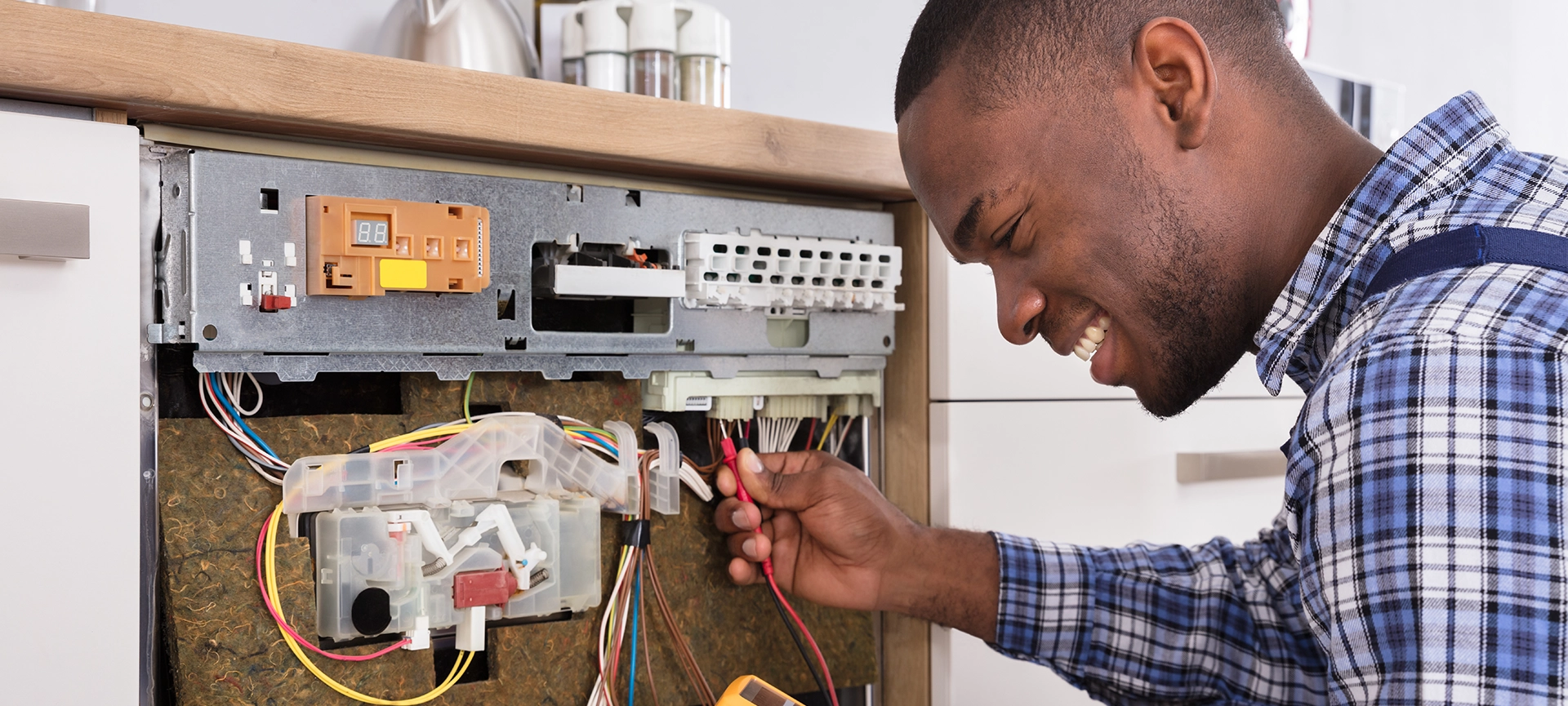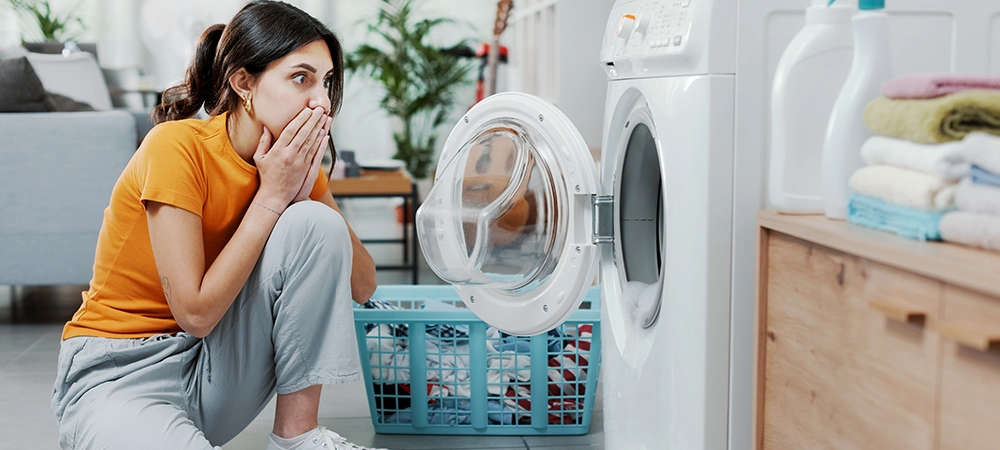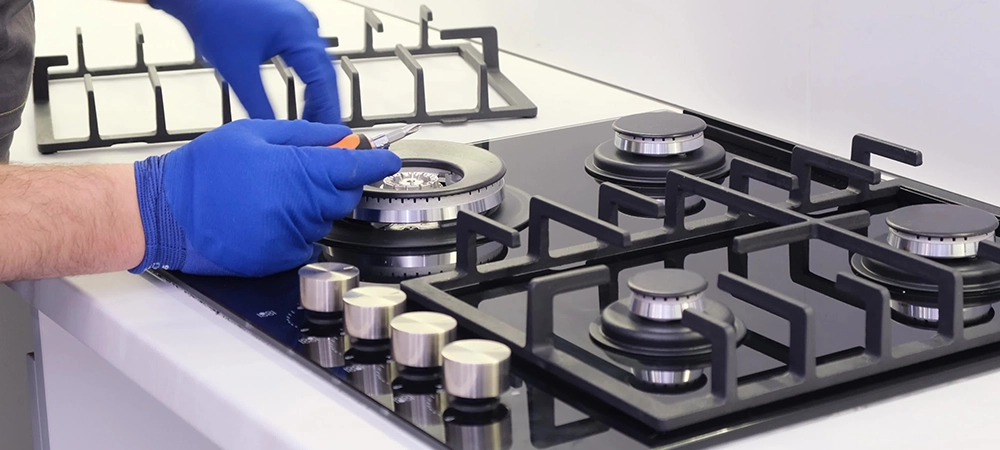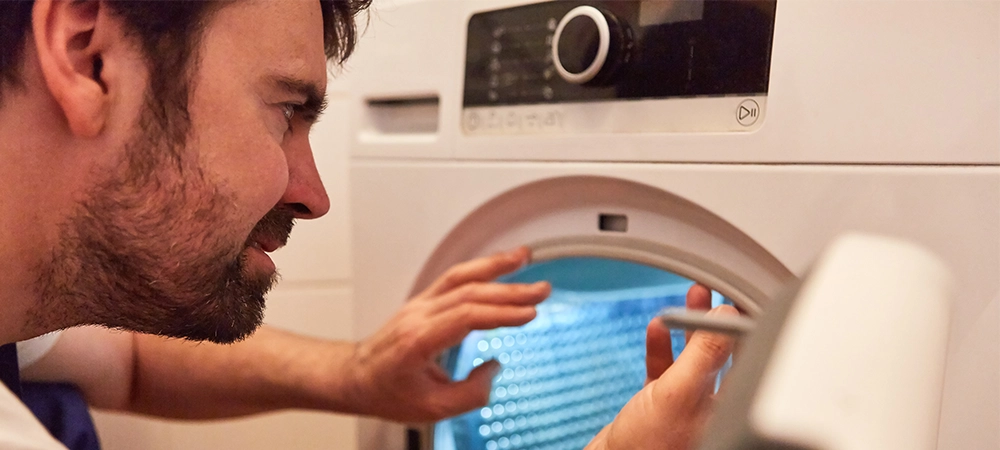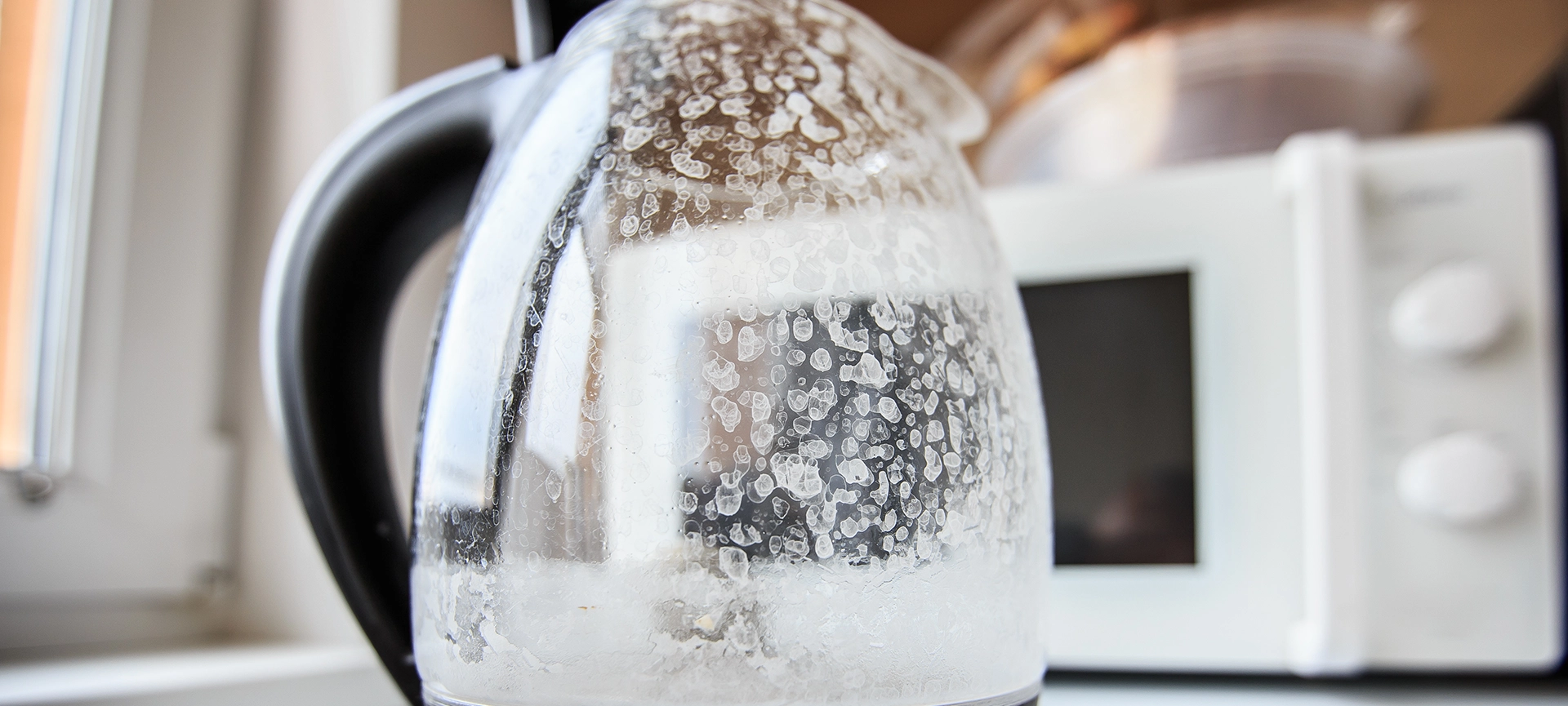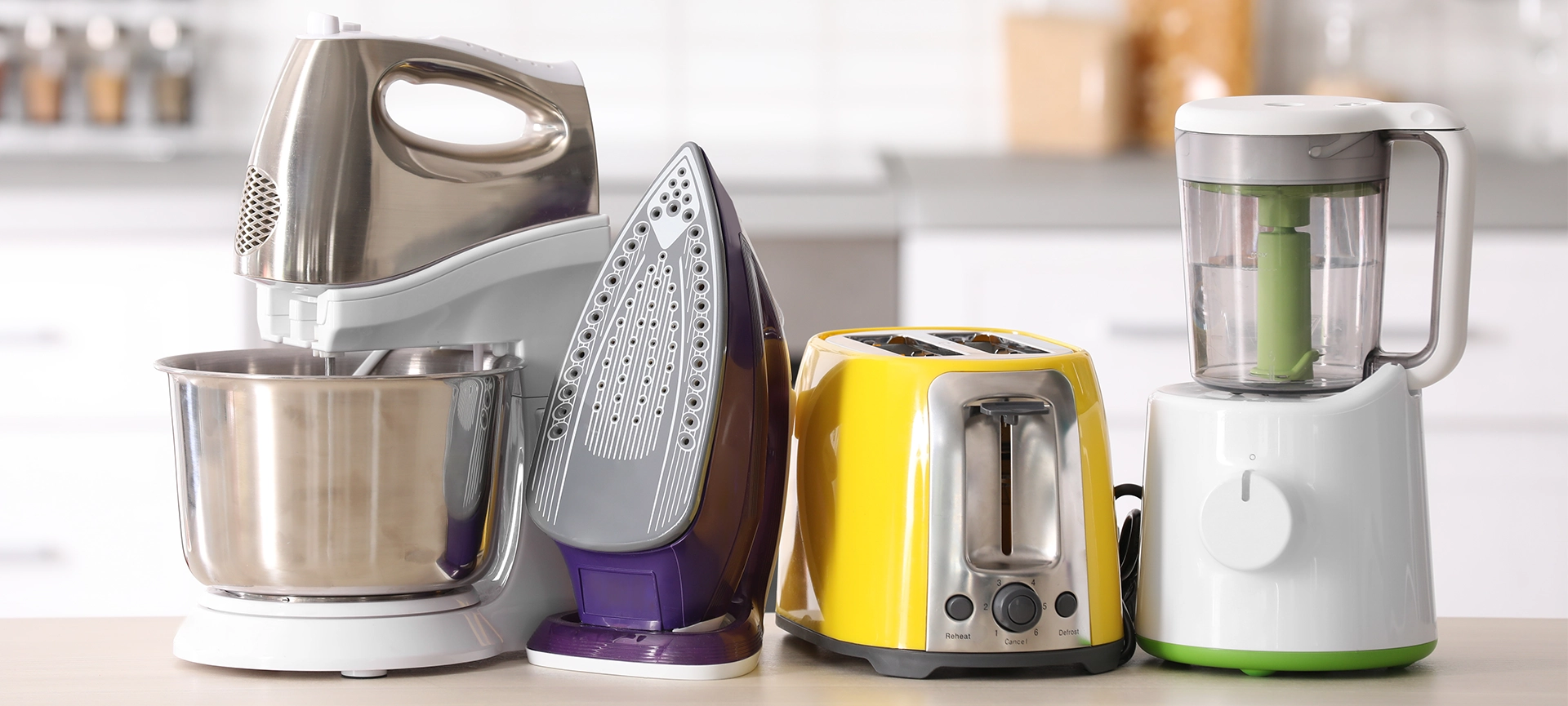Samsung is a renowned brand that offers a wide range of innovative and reliable household appliances. While these appliances make our lives more comfortable and convenient, occasional malfunctions and breakdowns can still occur.
One common Samsung appliance issue is inadequate refrigerator cooling. Also, most homeowners have to deal with faulty dishwashers and washing machines. Understanding the most common Samsung appliance problems, their root causes, and potential solutions can help homeowners tackle them effectively.
This blog explores the top Samsung appliance repair problems and their causes. We also provide valuable troubleshooting tips and discuss potential solutions.
Are Samsung Appliances Reliable?
Samsung is known for producing high-quality and durable appliances. However, like any appliance brand, Samsung appliances may encounter issues requiring repair over time.
Fortunately, there are common Samsung appliance repair tips that can help you quickly diagnose and fix any issues. Here’s how to handle common repair problems and keep your Samsung appliances working at their best.
Refrigerator Not Cooling Properly
One of the most prevalent issues with Samsung refrigerators is inadequate cooling. If your fridge fails to maintain the desired temperature, the first step is to check the temperature settings.
Ensure you set the temperature appropriately, as high temperatures can lead to spoilage, while very low temperatures may freeze the food.
Causes
- Dirty condenser coils: Accumulated dust and debris on the condenser coils can obstruct heat dissipation, causing poor cooling performance.
- Damaged door gasket: A worn-out or damaged door gasket allows warm air to enter the refrigerator, affecting its cooling efficiency.
- Faulty evaporator fan: A malfunctioning fan prevents proper airflow, leading to uneven cooling.
Troubleshooting Tips
- Clean the condenser coils regularly to improve cooling efficiency.
- Inspect and replace the door gasket if necessary.
- Check the evaporator fan for any obstructions or defects, and replace it if needed.
Washing Machine Not Draining Properly
If your Samsung washing machine leaves clothes soaking wet after a wash cycle, it may indicate a drainage problem. This issue can be inconvenient and might result in mildew growth on wet clothes for extended periods.
Causes
- Clogged drain filter: Accumulating lint, debris, and foreign objects in the drain filter can impede water drainage.
- Blocked drain hose: A kinked or obstructed drain hose restricts water flow and hampers proper drainage.
- Faulty drain pump: A malfunctioning drain pump fails to remove water effectively from the machine.
Troubleshooting Tips
- Clean the drain filter regularly to prevent blockages.
- Ensure the drain hose is free from kinks and debris.
- Test the drain pump for functionality and replace it if necessary.
Microwave Not Heating
A microwave that isn’t heating is another common Samsung appliance repair problem. It can disrupt your daily routine, making it crucial to address this issue promptly.
Causes
- Faulty magnetron: The magnetron produces microwave radiation, and a malfunctioning magnetron leads to no heat production.
- Defective diode or capacitor: Issues with these components can disrupt the flow of electricity, resulting in a lack of heating.
Troubleshooting Tips
- Avoid running the microwave empty, as it can damage the magnetron.
- If the microwave produces unusual noises, turn it off immediately and seek professional help.
- Consult a qualified technician to diagnose and replace faulty components.
Related Article: Common Appliance Repair Issues in Toronto: Solutions for Local Homeowners
Oven Temperature Inaccuracy
Inaccurate oven temperatures can lead to uneven cooking and baking, leaving unsatisfactory results.
Causes
- Faulty temperature sensor: A malfunctioning sensor fails to relay the correct temperature to the oven’s control board.
- Damaged bake element or igniter: A broken bake element or faulty igniter affects the oven’s ability to heat evenly.
Troubleshooting Tips
- Use an oven thermometer to verify the internal temperature against the set temperature.
- Test the temperature sensor and replace it if needed.
- Inspect the bake element or igniter for any visible damage and have them replaced as necessary.
Remember to regularly maintain your Samsung oven and seek professional assistance when dealing with complex technical problems.
Dishwasher Not Cleaning Dishes Properly
If your Samsung dishwasher leaves dishes dirty or spotted, here’s why.
Causes
- Clogged spray arms: Accumulating food debris or mineral deposits can block the spray arms, preventing proper water distribution.
- Faulty wash motor: A malfunctioning wash motor fails to circulate water effectively, resulting in ineffective cleaning.
Troubleshooting Tips
- Regularly clean the spray arms to ensure unobstructed water flow.
- Check the wash motor for signs of malfunction and replace it if required.
Range Burners Not Heating Properly
A common issue with Samsung ranges are burners that fail to heat correctly. Improper heating can hinder your cooking efforts, leading to unevenly cooked meals and frustration in the kitchen.
Causes
- Faulty surface element: The surface element generates heat, and a defective component can cause uneven or no heating.
- Burner switch issues: A malfunctioning burner switch may prevent the element from receiving the necessary power to heat up.
- Wiring problems: Damaged or loose wires can interrupt the flow of electricity to the burner.
Troubleshooting Tips
- Check the surface element for any visible damage and replace it if needed.
- Test the burner switch with a multimeter to determine its functionality and replace it if faulty.
- Inspect the wiring for any signs of damage and ensure all connections are secure.
Freezer Defrosting Failure
A freezer that fails to defrost appropriately can lead to a build-up of ice, reducing storage space and potentially damaging stored food items.
Causes
- Faulty defrost heater: If this component malfunctions, it can’t melt the ice accumulating on the freezer’s evaporator coils.
- Defective defrost timer or control board: Issues with the timer or control board can disrupt the automatic defrosting cycle.
- Blocked vents: Blocked vents can prevent proper air circulation, leading to ice build-up.
Troubleshooting Tips
- Inspect the defrost heater for any signs of damage or defects and replace it if necessary.
- Test the defrost timer and control board for functionality and replace them if faulty.
- Ensure the vents inside the freezer are clear of obstructions.
Air Conditioner Not Cooling
A malfunctioning air conditioner can make hot summer days unbearable. Several factors may be at play if your Samsung AC unit is blowing warm air or not cooling the room adequately.
Causes
- Dirty air filters: Clogged air filters restrict airflow and reduce the unit’s cooling capacity.
- Low refrigerant levels: Insufficient refrigerant can lead to inadequate cooling performance.
- Condenser issues: A dirty or damaged condenser can affect the heat exchange, reducing cooling efficiency.
Troubleshooting Tips
- Clean or replace the air filters regularly to improve cooling efficiency.
- If refrigerant levels are low, consult a technician to recharge the system.
- Clean the condenser and ensure it is free from dirt and debris.
Dryer Not Drying Clothes
If your Samsung dryer is running but fails to dry clothes effectively, it can be a sign of trouble that requires attention.
Causes
- Lint clogs: Accumulated lint in the lint trap or dryer vent can hinder proper airflow and drying performance.
- Faulty heating element: A malfunctioning heating element won’t produce enough heat to dry clothes thoroughly.
- Blocked exhaust vent: A blocked exhaust vent can trap moisture and prevent it from venting outside, causing longer drying times.
Troubleshooting Tips
- Clean the lint trap after every use and inspect the dryer vent for clogs.
- Test the heating element for continuity, and replace it if it’s defective.
- Check the exhaust vent for blockages and clear any obstructions found.
Related Article: 7 Major Signs of a Broken Home Appliance
Expert Samsung Repair Services in Ontario
Owning Samsung appliances can enhance the efficiency and convenience of your daily life. However, encountering common repair problems is a natural part of appliance ownership.
By familiarizing yourself with the most common Samsung appliance repair problems and how to troubleshoot them, you can save time and money on potential repairs.
Stay informed, follow proper maintenance guidelines, and don’t hesitate to seek professional help when needed. At Prime Appliance Repairs, we help you to keep your Samsung appliances in top-notch condition. Contact us today for your appliance repair services.





